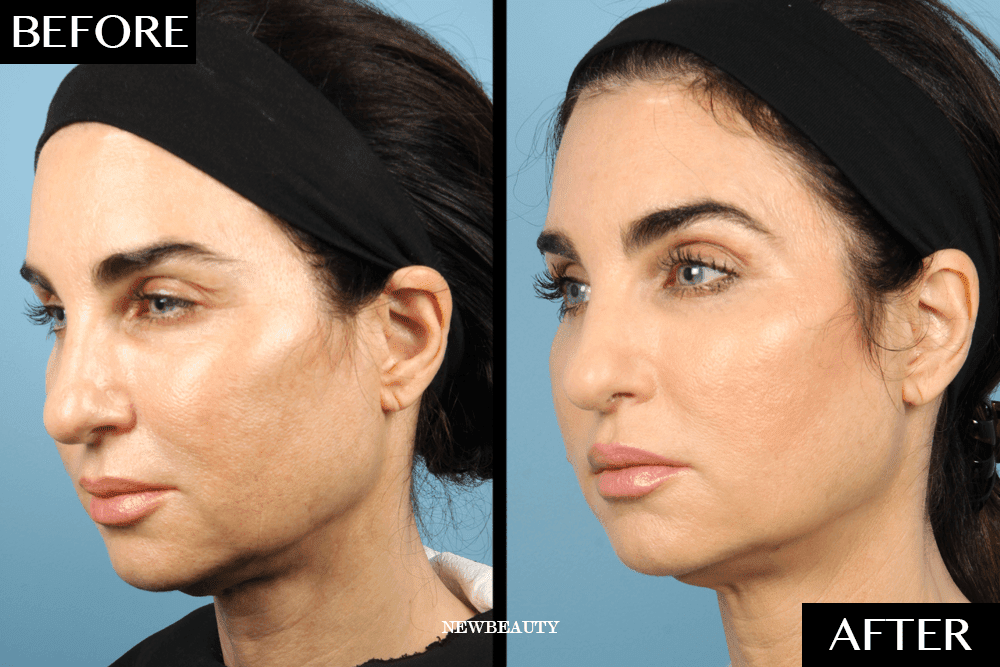
Here are some steps to help you if you have bleeding after breast implant surgery. The first step is to see your surgeon. A draining technique can be used to drain the blood and reduce pain and swelling. They can then give a blood thinner to prevent more blood loss.
Hematoma
It is rare to see hematomas after breast augmentation. Although the cause is unknown, the incident has been linked to a polyurethane coated implant and friction forces between surrounding tissue and the prosthesis. Ibrahim et al. Willens et.al. reported cases involving late hematomas in women who had breast augmentation with bilateral submuscular silica gel. reported cases of late bleeding nine to 38 years after breast augmentation.
It can be uncomfortable but not life-threatening. To manage the condition, avoid strenuous activities, rest on your side, eat lots of healthy foods, and use an Ice Pack to reduce swelling. In severe cases, a second surgery may be necessary to drain the hematoma.

Seroma
Seroma bleeding following breast augmentation can cause pain, swelling, and even discharge. These symptoms may appear anywhere from seven to 10 days after surgery. Seromas that are left untreated will disappear naturally in a few months or so. However, larger seromas may take up to one year to dissolve. In extreme cases, surgery may be required to remove the erma. You can manage your symptoms at-home until then.
The disruption of the blood supply is responsible for seroma formation. This disruption of the blood supply leads to tissue loss, known as necrosis. Different surgical techniques may result in seroma bleeding at different rates.
Post-operative bleeding
Minor bleeding after breast-augmentation is normal. It is possible to experience excessive bleeding after breast augmentation, but it is very rare. It is best to cover any bloody areas on your clothes with a tissue after the surgery. You may see blood dripping from the incision. This is normal, but it could indicate more serious bleeding. If you see excessive blood, you should contact your doctor.
Post-operative bleeding can result from many different causes. The wound can become irritated if blood vessels are clogged by bumping and stretching. Post-operative bleeding can be prevented by wearing compression clothes that restrict movement and press on the wound. The surgeon may need stitches if excessive bleeding occurs. Your risk of bleeding is increased if there are a lot of bruises. You should not take aspirin or any blood-thinning medication for at least two weeks prior to and after your surgery.

Treatment
Breast augmentation is not without risk. Infections are a common problem. If the infection is severe, the surgeon may have to remove the implant and wait up to six months before putting in a new one. The cost of the surgery includes costs for treating the infection. Patients should know that there will be some asymmetry following the procedure. But, it is not impossible to achieve symmetry.
It is common for breast bleeding to occur. The surgeon can reduce the blood volume in the affected area. Although most cases resolve by themselves, if the bleeding persists, the surgeon may have to perform another surgical procedure to drain it.